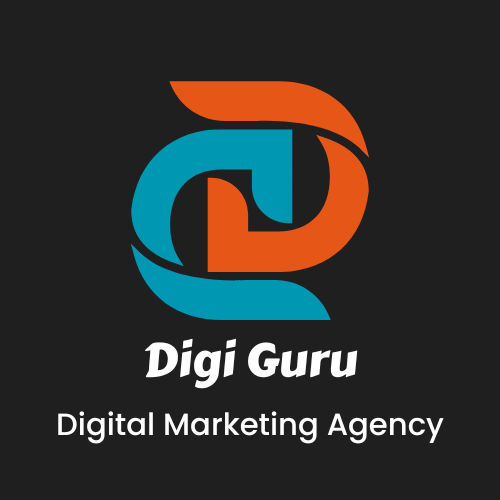In the ever-evolving landscape of digital marketing, Pay-Per-Click (PPC) advertising has emerged as a cornerstone strategy for businesses seeking to drive traffic, increase sales, and enhance brand visibility. Unlike traditional advertising methods, PPC allows advertisers to pay only when their ads are clicked, making it a cost-effective and measurable way to reach target audiences. This blog delves into the fundamentals of PPC advertising, its benefits, and best practices to help you maximize your marketing efforts.
What is PPC Advertising?
PPC is an online advertising model where advertisers bid for ad placements in a search engine’s sponsored links when someone searches on a keyword related to their business offering. For example, if you bid on the keyword “running shoes,” your ad might appear at the top of the search engine results page (SERP) when someone searches for that term. Every time your ad is clicked, sending a visitor to your website, you pay the search engine a small fee. Popular PPC platforms include Google Ads, Bing Ads, and social media channels like Facebook, Instagram, and LinkedIn.
Benefits of PPC Advertising
1. Immediate Results
One of the most significant advantages of PPC is its ability to deliver fast results. Unlike search engine optimization (SEO), which can take months to show impact, a well-crafted PPC campaign can start driving traffic and generating leads almost immediately after launch.
2. Targeted Advertising
PPC allows for precise targeting, enabling businesses to reach their ideal customers based on factors like location, language, device, time of day, and even specific demographics and interests. This ensures that your ads are seen by the people most likely to be interested in your products or services.
3. Measurable ROI
With PPC, every aspect of your campaign can be tracked and analyzed. Metrics such as impressions, clicks, and conversions provide clear insights into how your ads are performing. This data-driven approach allows for continuous optimization and helps in calculating the exact return on investment (ROI).
4. Cost Control
PPC provides flexibility in terms of budgeting. Advertisers can set daily or monthly budgets and adjust their spending based on campaign performance. This control ensures that you never exceed your budget and can scale your efforts up or down as needed.
5. Brand Exposure
Even if users do not click on your ad, just having your business appear in the search results increases brand visibility and awareness. Over time, repeated exposure can lead to higher brand recognition and trust among potential customers.
Best Practices for Effective PPC Campaigns
1. Conduct Thorough Keyword Research
Keyword research is the foundation of a successful PPC campaign. Utilize tools like Google Keyword Planner, SEMrush, or Ahrefs to identify relevant keywords with a good balance of search volume and competition. Focus on long-tail keywords, which are more specific and often less competitive, making them cost-effective.
2. Craft Compelling Ad Copy
Your ad copy needs to be engaging and relevant to the search query. Highlight the unique selling points (USPs) of your product or service and include a clear call-to-action (CTA). A/B testing different versions of your ad copy can help determine what resonates best with your audience.
3. Optimize Landing Pages
The landing page is where the conversion happens, so it must be optimized for user experience and relevance to the ad. Ensure that your landing page loads quickly, is mobile-friendly, and has a clear, concise message that aligns with your ad. Including testimonials, trust badges, and a straightforward CTA can also boost conversions.
4. Utilize Negative Keywords
Negative keywords prevent your ads from showing up for irrelevant searches, saving your budget for more relevant clicks. For example, if you sell luxury watches, you might want to add “cheap” as a negative keyword to avoid attracting bargain hunters.
5. Monitor and Adjust Your Campaigns
PPC is not a set-it-and-forget-it strategy. Regularly review your campaign performance and make data-driven adjustments. This could involve tweaking your bids, testing new ad copy, or refining your targeting criteria. Keeping an eye on metrics like click-through rate (CTR), conversion rate, and cost per conversion will help you continually improve your campaign.
Conclusion
Pay-Per-Click advertising is a powerful tool for businesses looking to enhance their online presence and drive targeted traffic to their websites. Its ability to deliver immediate results, combined with precise targeting and measurable ROI, makes it an indispensable part of a comprehensive digital marketing strategy. By conducting thorough keyword research, crafting compelling ad copy, optimizing landing pages, utilizing negative keywords, and continuously monitoring and adjusting campaigns, businesses can unlock the full potential of PPC and achieve their marketing goals.
Embrace PPC advertising today and take the first step towards reaching your target audience with precision and efficiency. Whether you’re a small business owner or a marketing professional, mastering PPC can lead to significant growth and success in the competitive online marketplace.

